On more than one occasion I lowered the volume of the radio in my office. It was not because I had the setting too high but rather because of the outspoken outrage being expressed by the host of the show I was listening to. “What is going on with the Montreal Canadiens?”
On the heels of the Habs’ 3-2 loss against the Colorado Avalanche on Dec. 5, the team’s 9th in the past 10 games, sports media talk show hosts as well as fans are growing increasingly impatient with the lack of performance and the absence of any clear solution to address the problem. Playoff contention is still a precarious outcome as teams within a point or two in the standings have games in hand. The possibilities of maintaining access to the postseason become increasingly remote with every loss and newly injured bodies taking up space at the team’s infirmary.
Victor Mete and Jesperi Kotkaniemi are the latest victims of an already significant injury bug plaguing the team. They join Jonathan Drouin and Paul Byron who are out of the lineup for an extended period of time. Also, the on-ice performance of some of the veteran players is not meeting expectations. An ironic pre-game event illustrates the challenging situation the team currently finds itself in. Prior to the game against the Avalanche, Carey Price received the Molson Cup, an award given to the player with the most mentions as one of the three stars of the game. He awkwardly skated to center ice to accept the award for the month of November in which he had a losing record of 4-5-2.
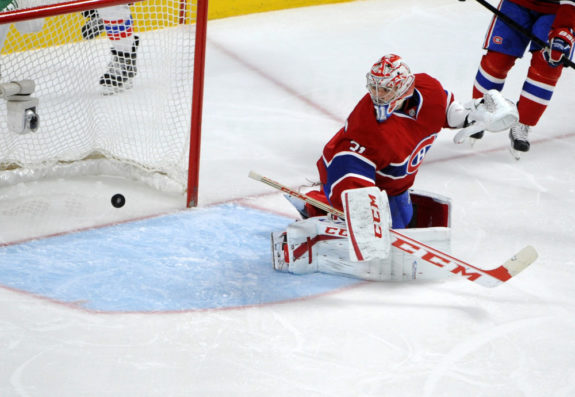
The inspired 2-1 win on Dec. 6 against the New York Rangers at Madison Square Garden, is but a very temporary reprieve, an ephemeral feel-good moment that helps alleviate the mounting pressure being felt by the players in the locker room. Unfortunately, it offers little solace to fans in terms of the overall competitiveness of their team at a stage of the season where clear contenders are emerging.
For quite some time, Canadiens general manager Marc Bergevin has refused to say that the team is in a rebuild mode, preferring to state that it is proceeding with a “reset”. A comment intent on indicating that the team’s structure is essentially set. The mix of veterans, the emergence of its young talent and the leadership of Price, Shea Weber and Brendan Gallagher creates an ecosystem that will require only minor changes on the margins to allow the team access to the playoffs where “anything can happen”.
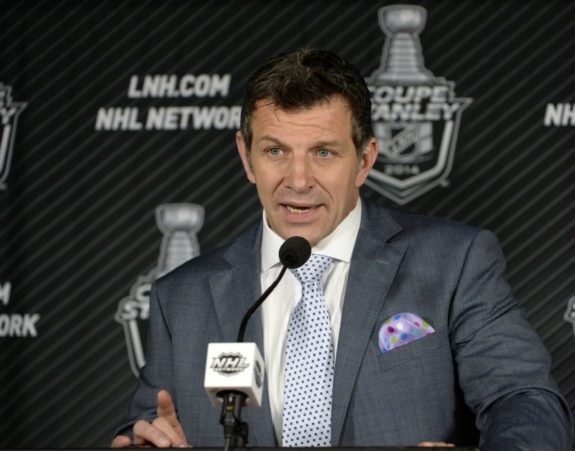
Notwithstanding Bergevin’s choice of words and his apt use of the often vague hockey lexicon, the Canadiens have a lot of things that are not working well and the level of frustration is mounting. It is becoming painfully apparent, as the season progresses, that there are more significant structural problems with the team. These are the subjects of the daily debates that fill the airwaves, newspapers and online forums.
So how can one explain the high level of distraught, anger and frustration among fans and expert observers? Don’t these people know that a team will go through ups and downs during the long season? Most knowledgeable fans do. The main source of frustration might be more subtle in nature.
I would argue that there is confusion about the team’s overall direction. There surely is among fans – just listen to the radio. That confusion also extends to within the team itself. What the Canadiens need is clarity of purpose, not the vague promises of a reset, whatever the term ultimately means in the minds of its leadership. Here’s why it is important.
Set the Expectations for a Fickle Fanbase
The Canadiens fanbase is one of the most knowledgeable in hockey. It is also one of the most temperamental. The successful past of this storied franchise creates a burden of history. Every year, there are very high expectations placed on the team. The performance of the past seasons has not provided many reasons to rejoice. This is where clarity of language from the team’s front office would be warranted and would alleviate some, if not all, of the angst.
In the corporate world, executives try to set clear expectations of performance. When sales do not meet targets or the company’s stock underperforms, a clear recovery plan is communicated to customers, shareholders and employees. In the modern day-to-day vernacular, the key is to get everyone on the same page.
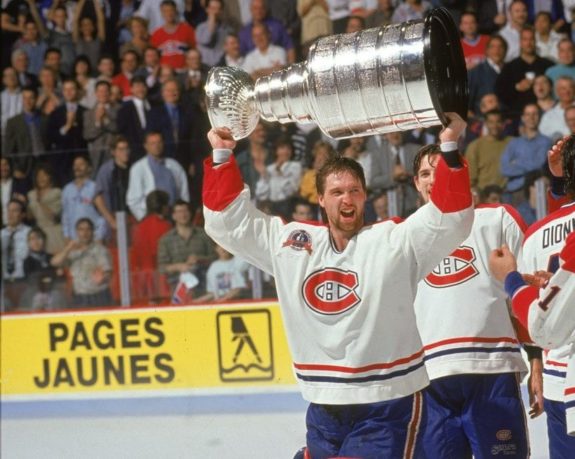
It is not judicious to lead fans with a narrative suggesting better days ahead while, in reality, the team’s capabilities are not at a level to allow for the achievement of those objectives. There is a famous quote that says: “a goal without a plan is just a wish.” The Canadiens’ front office must state unambiguously that the team is in a rebuild phase and take the appropriate actions consistent with the required plan. While difficult for fans to hear, they would nevertheless understand the necessity of taking such a direction. Continuously tinkering with futility and trying to make everyone believe these actions are part of a comprehensive approach are creating the current level of anger.
Go Beyond Moves on the Margins
In that regard, the recent moves in player personnel are illusory in nature and add to the confusion. The movement of players such as Charles Hudon, Otto Leskinen, Gustav Olofsson, Matthew Peca and now Riley Barber are hopeful stop-gap measures intended to stem the immediate decline. While the desperate search for a solution from within the farm team is commendable, it is difficult to convince anyone that these moves are part of any real long-term strategy to give the Canadiens a new identity. In the case of Cayden Primeau, it is somewhat reasonable to think that his presence with the team is a signal of where the Canadiens intend to go in a post-Price environment, whenever that happens.
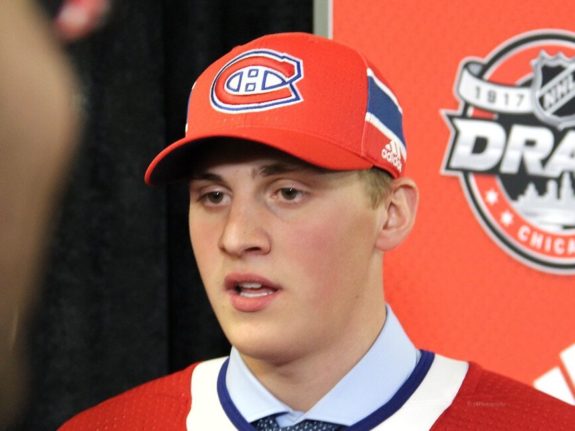
Admittedly, the necessity of his call-up to the big team was somewhat required as a result of Keith Kinkaid’s performance. However, there are many skeptics with the opinion that the move was but another smokescreen intended to mask the team’s poor record in recent weeks. Why else would one have a 20-year-old rookie with professional experience limited to 12 games with the Laval Rocket in the American Hockey League (AHL) make his NHL debut on Bell Centre ice against one of the most powerful offensive forces in the league? Luckily for Primeau, he performed quite well, but showed some understandable signs of nervousness.
Cohesive Draft-to-NHL Player Development Plan
The Canadiens are often criticized for both the way it drafts new talent and subsequently the approach it uses to transform these young players into reliable NHL-caliber assets. One of the most spirited debates following Kotkaniemi’s injury as a result of a hit by 6-foot-6, 235 pounds. defenseman Nikita Zadorov was around the fact that the 19-year-old might not ultimately be ready for the NHL. The fact that he is now in his second season with the team has not dampened the criticism as to the quality of his play thus far being inferior to what he displayed in his rookie season.

The years of lackluster performance by a team that has not made the postseason in three of the last four seasons inevitably foster impatience among the fan base. This situation creates a rush to get young players to contribute immediately to the team’s hopeful turnaround. Unfortunately, it also fuels another source of confusion and, worst, possible discordance between the general manager and the head coach. While Bergevin might want to continue with the basis of his second five-year plan, head coach Claude Julien operates the roster in a way that, he hopes, will win games, the only currency that counts for an NHL coach to remain employed.
While Rocket coach Joel Bouchard is unanimously perceived as a good fit to lead young players at the early stage of their NHL path, his contributions might be wasted in an organization that cannot establish a clear and unambiguous path forward. Bouchard can get the most promising prospects ready for their arrival in the NHL but if these players are welcomed by an impatient coaching staff, the development process breaks down.
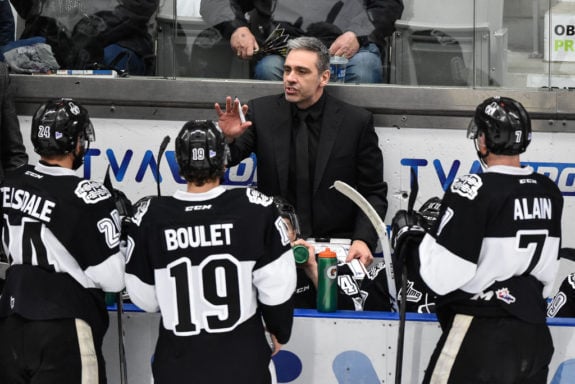
If young players are rewarded with irregular ice time and games spent in the press box, there is a greater risk that they will not meet future expectations. If the team is truly rebuilding there is a greater leeway and acceptance of rookie mistakes. Again, clarity is important and the overall team direction must fit with a cohesive draft-to-NHL player development plan.
Unity from the Boardroom to the Locker Room
The confusion around the true direction the Canadiens are taking brings me back to thoughts about how business organizations function. As a professional sports franchise operating within an increasingly complex and competitive marketplace, not only within but outside of hockey, maybe it is time for the Canadiens to step away from its overtly traditional way of operating the team.
Many teams in the NHL have adopted a corporate structure where there are separate responsibilities for a president and a general manager. An environment where hockey decisions are not under the sole unfettered responsibility of the general manager creates clearer lines of accountability. For example, the Los Angeles Kings have Luc Robitaille and Rob Blake who occupy those respective roles. The Washington Capitals, Toronto Maple Leafs and others have similar variations in the overall approach of these responsibilities. The concept is being touted more openly in the media as well, more recently by Brendan Kelly (from, “What the Puck: Canadiens need to prioritize playoffs over payoffs” – Montreal Gazette – 12/09/2019).
This is not meant to be critical of the role Geoff Molson has with the team. It can be argued that in the current big business context that is now professional sports, there needs to be clear accountability and a team ethos that is unambiguous throughout the organization. As owner, president and chief executive officer of not only the Canadiens but also the Bell Centre and Evenko, an entertainment subsidiary part of the overall Groupe CH organization, Molson cannot be expected to have his finger on the pulse of every aspect or opportunity in the NHL no matter how well-intentioned and capable he is as a successful business person.
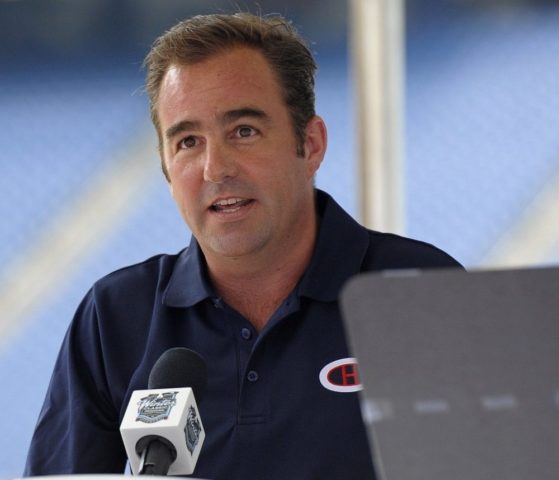
The modern NHL is driven by sophisticated player analytics, cutting-edge marketing approaches and fan-centric social media strategies that require dedicated experts to make the team a successful business enterprise. Similarly, hockey decisions need to be made by hockey experts and insiders who have the knowledge and experience as well as the contacts and the credibility to approach anyone in the league in an effort to make the team a contender on a regular basis.
What Is the Game Plan?
It might be increasingly and painfully obvious that there is more required than a proverbial reset to get the Canadiens back on the road to becoming a top-of-class franchise in the NHL. Debates about players, draft picks and line combinations will be as eternal to the discussions surrounding the team as the high-volume tirades on radio talk shows.
The Canadiens have two wins in their last three games. Others who are less optimistic say the team has two wins in its last 11 games. Both assessments are correct, it’s a matter of perspective. Knowing clearly what the team is trying to accomplish in the short, medium and long term allows one to match expectations with reality, no matter how one interprets the numbers. It is imperative that the team be upfront with everyone as to its objectives and strategies. In business as in professional sports, clarity is key. It is now time for the Canadiens to enter a new age of forthright disclosure with its fanbase.